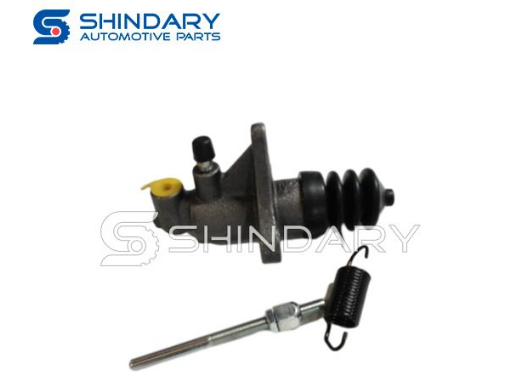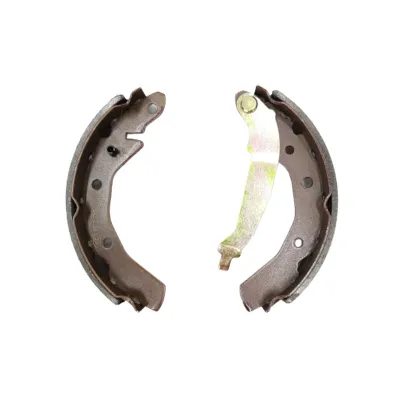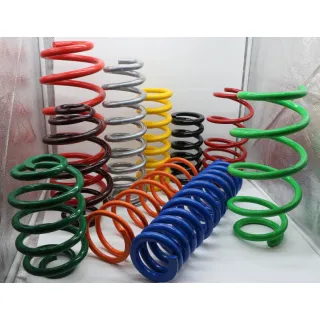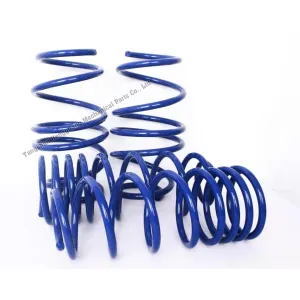What Does a Clutch Master Cylinder Do?
Clutch master cylinders are integral components of a vehicle's manual transmission system, playing a crucial role in ensuring smooth gear changes and optimal performance. Understanding the functionality, maintenance, and significance of these components is essential for every vehicle owner and enthusiast. In this comprehensive guide, we delve deep into the world of clutch master cylinders, shedding light on their operation, maintenance, and significance in a vehicle's functionality.
What is a clutch master cylinder?
In manual vehicles, the clutch pedal is connected to the clutch master cylinder, which converts the mechanical movement of the clutch pedal to hydraulic pressure. This makes working the clutch to change gears easier. It is situated at the rear of the engine bay, positioned just behind the dashboard or on the driver's side firewall in the car.
Essentially, it functions as a pump, directing hydraulic fluid to the slave cylinder. The slave cylinder, in turn, applies pressure against the clutch fork to disengage the clutch from the transmission. This disengagement enables gear changes.
If the master cylinder fails to generate sufficient pressure, it impedes this process, leading to operational issues.
Symptoms of a Failing Clutch Master Cylinder
There are several indicators to watch for if you suspect issues with your clutch master cylinder, some more critical than others. Here are key warning signs:
Low brake fluid: If the brake fluid level in the reservoir is lower than usual, it signals a potential leak. Inspect areas around the floor, firewall, and the master cylinder for any signs of fluid leakage.
Spongy clutch pedal: A suddenly soft and easy-to-press clutch pedal suggests air in the system due to a leak, resulting in decreased pressure.
Darkened brake fluid: Damaged seals can allow dirt, debris, or moisture into the system, causing the brake fluid to darken. Regular clutch fluid flushes during routine servicing can prevent such issues. While fluid naturally darkens over time, rapid darkening in new fluid indicates a problem.
Difficulty changing gears: Inadequate pressure in the clutch system leads to difficulties in proper disengagement, signaling an impending failure. Attempting gear changes may result in grinding noises, potentially causing further damage.
Clutch pedal doesn't return: If the clutch pedal pushes down but fails to return, it indicates a failed clutch master cylinder, necessitating repair or replacement.
Further reading:Automobiles & Motorcycles
Which kind of spring is used in railway?
Top Picks for Sourcing Fat Tyre E-Bikes
Revolutionizing transportation: women leading the scooter industry?
Top Tips for Customizing Your E-Bike Performance
What is the difference between mechanical seal and oil seal?
What Materials Are Available for Oil Seals
Maintenance and Care
Maintenance:
Fluid Checks: Regularly inspect the fluid level and condition in the reservoir.
Fluid Replacement: Follow manufacturer recommendations for replacing the hydraulic fluid to prevent contamination.
System Inspection: Check for leaks or signs of wear in the cylinder and hydraulic lines.
Replacement:
Professional Service: Replacing a clutch master cylinder often requires bleeding the hydraulic system to remove air bubbles and ensure proper function.
Correct Part: Ensure the replacement part matches the vehicle's specifications for compatibility and optimal performance.
Importance:
A malfunctioning clutch master cylinder can cause difficulty in gear shifting, complete clutch failure, or an inability to disengage the clutch entirely, resulting in unsafe driving conditions.
Regular maintenance and prompt attention to any issues with the clutch cylinder are crucial to ensure the proper functioning of a vehicle's manual transmission system. If you encounter problems, it's advisable to have a qualified mechanic inspect and repair the clutch master cylinder to maintain safe and efficient operation of the vehicle.
Conclusion
Overall, the clutch master cylinder plays a pivotal role in a manual transmission vehicle's clutch system, converting mechanical force into hydraulic pressure to enable smooth gear shifting. Regular maintenance and prompt attention to any issues ensure a properly functioning clutch system.
The Best Way to Lock Your Electric Scooter
What are the pros and cons of an electric golf cart?
Demystifying Brake Discs: How They Function in Your Vehicle's Braking System
How Much Does it Cost to Replace a Radiator?
How Long Do Brake Discs Last?
Exploring the Distinctions: E-Scooter vs. E-Moped
What is industrial seal?












